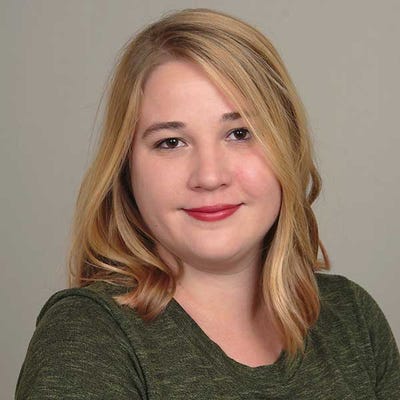Bottled Water Sales on the Rise 2018-01-01 (2)
Bottled water has been the leading growth category in the U.S. beverage market for the past two decades.
A new Beverage Marketing Corporation (BMC) study highlighted the significant growth of bottled water consumption over the past two decades.
During this time frame, bottled water has been the leading growth category in the U.S. beverage market: Total volume exceeded 11.7 billion gallons in 2015, up from 4.7 billion in 2000, BMC officials say. Individual bottled water consumption soared during this period, from 16.7 gallons per person in 2000 to 36.7 gallons per person in 2015. This represents a 120 percent increase. By contrast, all other liquid refreshment beverages (LRBs) combined declined in both total volume and individual consumption over the same time period: combined volume of non-bottled water LRBs, including carbonated soft drinks, fruit beverages, energy drinks, sports beverages, ready-to-drink coffee and tea, and all forms of milk, decreased from 27 billion gallons to 25.8 billion gallons, BMC officials say. Individual consumption of these beverages combined dropped from 95.7 gallons per person to 80.1 gallons per person, a 16.3 percent decline.
“Bottled water already outsells, by volume, carbonated soft drinks in many U.S. cities, and we expect that it will very soon become the most consumed beverage product nationwide,” says Gary Hemphill, managing director – research, Beverage Marketing Corporation.
The rise in bottled water consumption has collectively cut 61 to 68 trillion calories over from the U.S. diet the past 15 years, BMC officials say.
“Bottled water’s ascent has been driven in large part by America’s move to healthier beverage choices, which has effectively resulted in calorie savings for all Americans,” says Michael Bellas, chairman and chief executive officer, Beverage Marketing Corporation. “To put this in perspective, imagine a person cutting 161 hot dogs, 126 chocolate donuts or 87 cheeseburgers from their diet last year. That’s the kind of difference we’re talking about when we quantify the number of calories saved due to this widespread shift to bottled water.”
About the Author
You May Also Like






